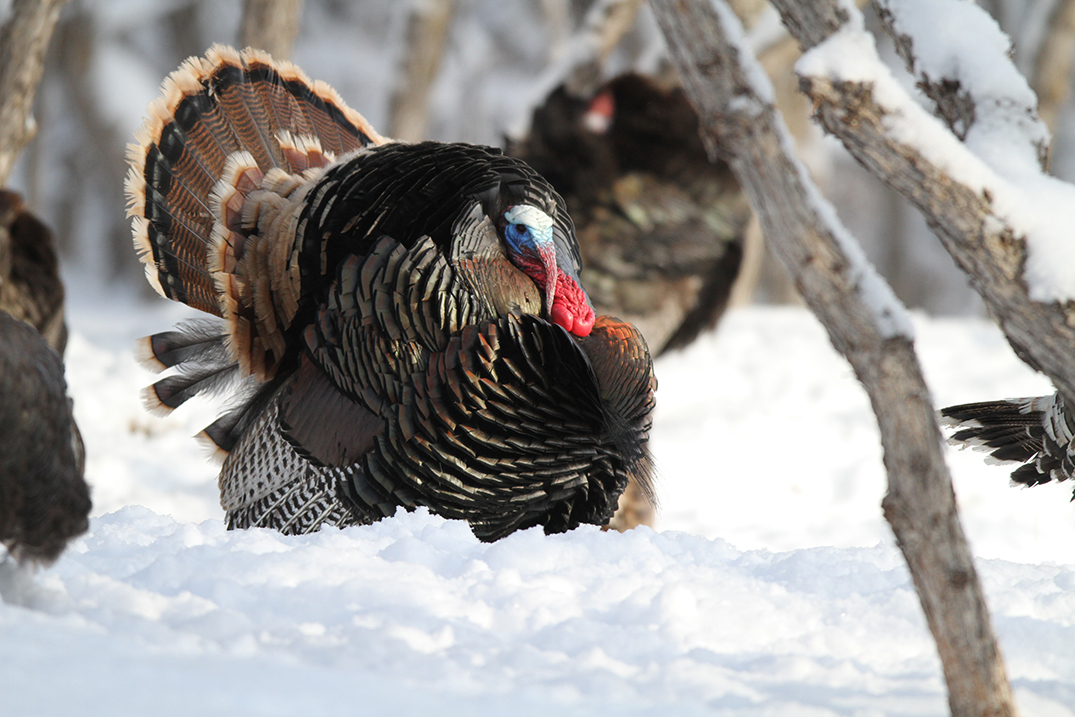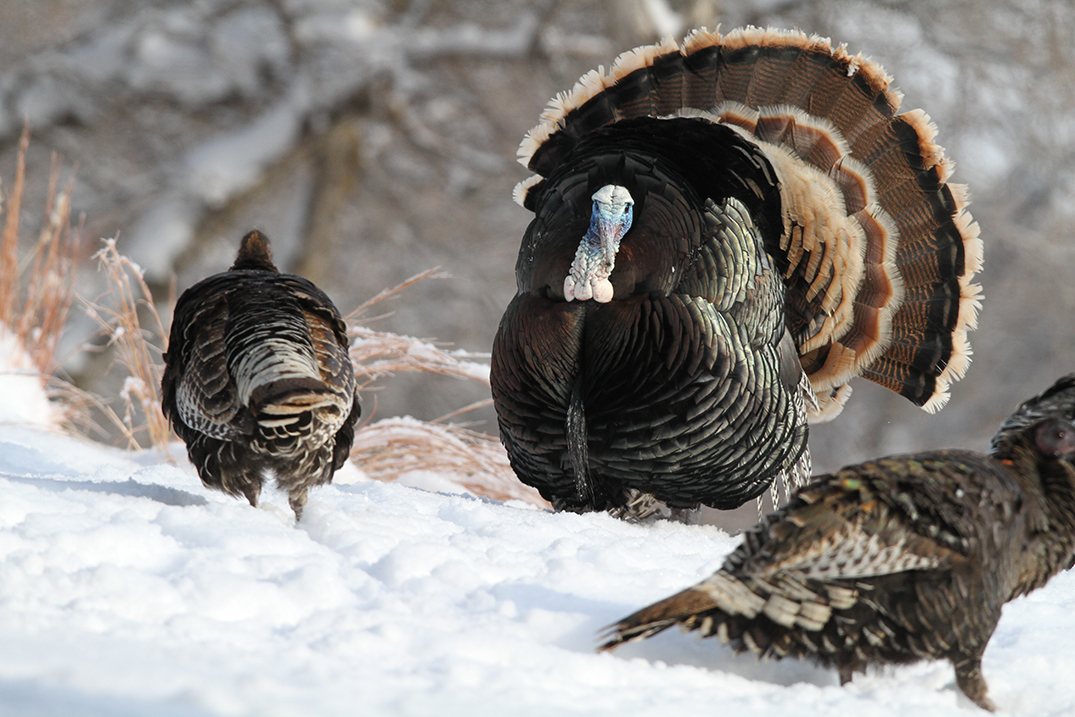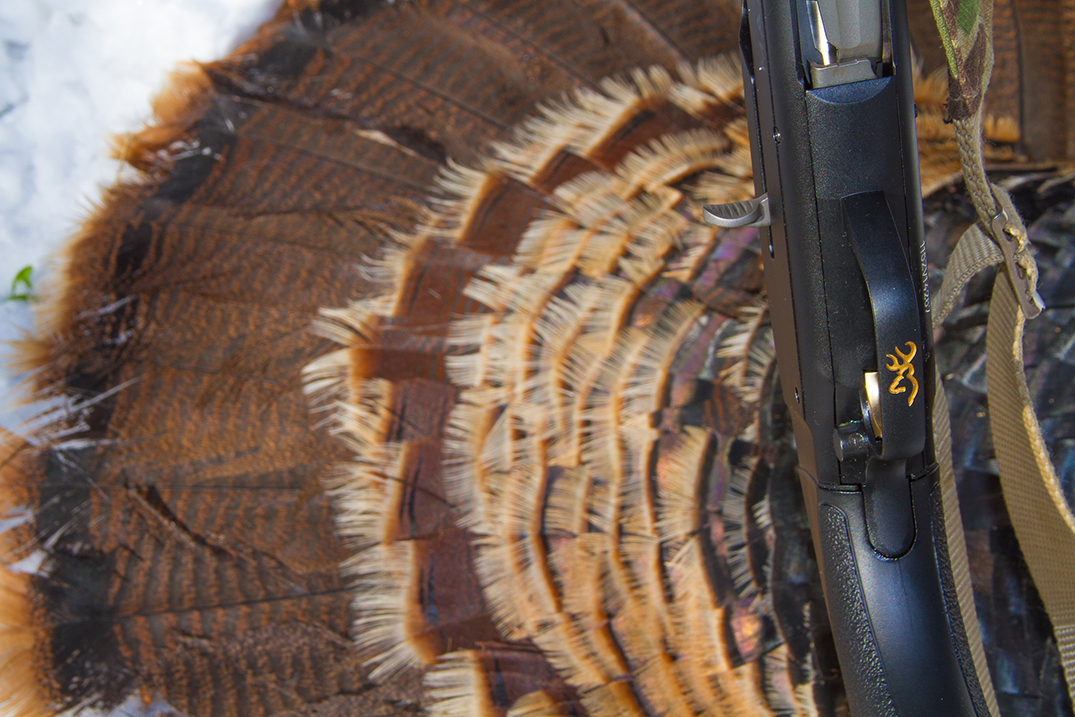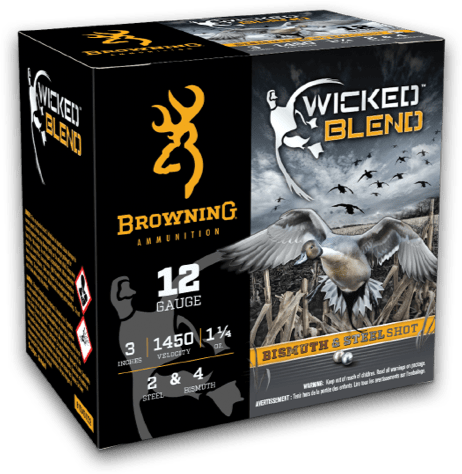Anyone Call for Snow? Early Season Turkey Hunting
What do we see and hear? Southern live oaks holding their leaves through the year; Spanish moss; green spreading out both far and wide; songs of red birds as we wait on stand before shooting light; mosquitoes starting to buzz; the first tree gobble. That is how we think of turkey hunting. With a rump and a riddle and a high tuc-ka-haw. The classic rite of spring.


The turning of spring on the calendar does not mean the end of harsh weather, though. In parts of the wild turkey’s range in the early season there can still be frost on the ground. Icy rains and high chilling winds can be par for the course. In the Rockies and across the Northern Tier, April invariably brings snow, sometimes the deepest of the year; and it’s a certainty that scattered storms will hit in states farther south during the season. Cold and snow are not the end of turkey hunting, though; but different tactics can be called for.
Scouting becomes more essential than ever. Turkeys are likely to stay in the trees later in cold weather (which means you might be able to sleep in a little longer). Cutting and running is going to be problematic tactic for several reasons, among them the sheer hard physical labor of hiking through wet April snows. Also strong early spring winds are going to make it difficult for turkeys to hear your calling, and vice versa. This makes it vital to pinpoint the roost trees and set up close to them, calculating where you think the birds will wind up.
Very deep snow will hold turkeys up. If you think about it, their main line of defense after excellent hearing and phenomenal eyesight, is fleetness of foot. A turkey can cover ground at 25 miles per hour (Usain Bolt at the top of his fastest sprint hit 27.8). Heavy snow hampers that talent. So they will want to know there are trees nearby to fly up into.

Flying down in bad spring weather, turkeys will start out brushed up, for the security factor and for shelter from windchill. If they hear hens yelping, though, they can certainly be drawn out to gobble and strut. On rainy days, turkeys are also said to be drawn to where cattle are grazing, knowing they can find an ample supply of grubs and worms there. You won’t want to hunt them among livestock, but if you know where the livestock are and where the turkeys are roosting, you can set up a very effective ambush.
Windchill doesn’t affect just turkeys, either. A turkey hunter in the cold and snow has to be certain of staying warm. This is not a luxury. Besides serious concerns about threats such as hypothermia, possibly even frostbite, an even more practical consideration is that a hunter who cannot sit on stand a sufficient amount of time because he’s shivering stands little real chance of seeing a turkey coming in. Warm clothing, such as Browning’s Hell’s Canyon 4-in-1 Primaloft Parka (and especially for the lower extremities which are closest to the frigid ground, an overall such as Hell’s Canyon Primaloft Bib) and a pop-up blind, such as a Browning Hunting Blind, should be requirements.
Turkeys will, as has been said, gobble and strut even in the snow; so, a combination of yelps and a lifelike decoy is the right tactic. A piece of advice from a hunter with experience of snow turkey is having a scoop shovel. Use it to clear an area around the decoy. Turkeys will feel more comfortable with some ground showing through, and it will encourage them to stay around and scratch. Other than that, pick a reliable cartridge, such as Browning TSS Tungsten Turkey loads. You’ll find it to have tighter patterns downrange, higher velocity retention and deep penetration.
Follow Browning Ammunition’s social media channels for more hunting and shooting tips and updates on Browning Ammunition supported events and promotions on Facebook, You Tube, Instagram and Twitter.



